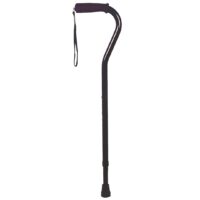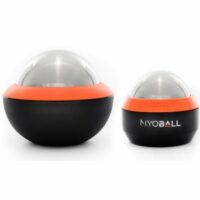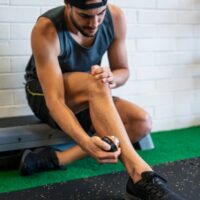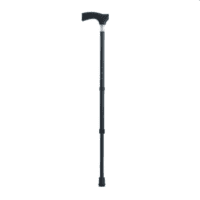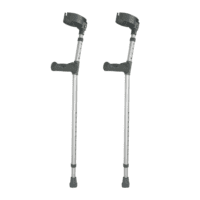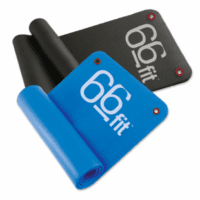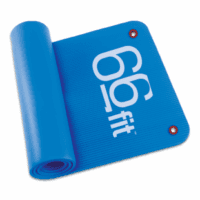Gluteal Tendinopathy
What is Gluteal Tendinopathy?
Gluteal tendinopathy, often referred to as hip tendinitis, is a condition that affects the gluteal muscles, leading to pain and reduced function. This issue arises from injuries or degeneration of the tendons that connect the gluteal muscles to the femur bone. It is closely associated with conditions like Greater Trochanteric Pain Syndrome and trochanteric bursitis. If you’re experiencing ongoing pain or difficulty moving your hip or buttock, it’s crucial to seek medical advice.
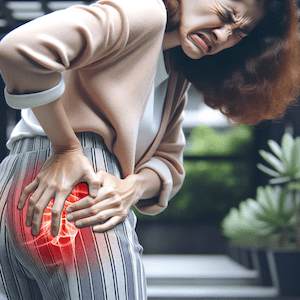
Why Does Gluteal Tendinopathy Occur?
Weakness in the hip and buttock muscles is a common cause of gluteal tendinopathy. When these muscles are weak, it can lead to pain and further reduction in muscle strength, creating instability in the hip-pelvis area. This instability puts additional stress on the gluteal tendons. Poor control during activities such as walking or running due to hip instability can also strain the trochanteric bursa, leading to bursitis. Overuse, trauma, and the natural ageing process can also contribute to the deterioration of these tendons. A professional assessment is essential for an accurate diagnosis and to develop an effective treatment plan. Read more: Poor Hip Core
How Can Physiotherapy Aid in Recovery?
Physiotherapy plays a crucial role in fast-tracking recovery from gluteal tendinopathy. Through a personalised treatment plan, your physiotherapist will help strengthen the affected muscles, improve joint stability, and reduce pain. Regular sessions will focus on regaining control of the hip muscles and addressing any imbalances that may contribute to the condition.
Who is Affected by Gluteal Tendinopathy?
Gluteal tendinopathy is most common in postmenopausal women, with a prevalence rate of 20-25%. However, it can affect anyone, including younger, active individuals. About 10-15% of the general population may experience this condition, particularly those involved in activities like running, dancing, and skiing.
What Are the Symptoms?
Common symptoms of gluteal tendinopathy include lateral hip pain, stiffness, and decreased strength. These symptoms may worsen with activities like running, hopping, or climbing stairs. Pain and stiffness often intensify at night or upon waking, and lying on the affected side can cause discomfort.
How is Gluteal Tendinopathy Diagnosed?
Your physiotherapist will perform a comprehensive clinical examination to diagnose gluteal tendinopathy. This assessment will consider your symptoms, medical history, and response to physical tests. Imaging tests like ultrasound or MRI might be used for further evaluation, although clinical assessment is typically the most informative.
What are the Risk Factors?
Several factors can increase your risk of developing gluteal tendinopathy:
- Increased activity levels: Overloading your gluteal muscles and tendons.
- Muscle weakness: Weak gluteal and deep hip muscles leading to additional strain on the tendons.
- Altered walking patterns: Abnormal loading of the tendons.
- Lower back pain: Compensatory movement patterns that strain the gluteal muscles.
- Chronic health conditions: Issues like diabetes or thyroid disorders can hinder healing.
What are the Treatment Options?
Conservative management is often the best approach to recovering from gluteal tendinopathy. Your physiotherapist will guide you through strategies such as:
- Smart Rest: Avoid positions that aggravate the condition, like crossing your legs or leaning on one hip.
- Cold therapy: Apply ice packs for 20 minutes, up to twice an hour initially, to reduce inflammation.
- Targeted exercises: Engage in a Hip Core Stabilisation Program tailored to your needs.
- Muscle control: Use real-time ultrasound to improve hip muscle control.
- Gradual return to activity: Discuss your return to normal activities with your physiotherapist.
What is the Role of Exercise in Treatment?
Exercise therapy is central to managing gluteal tendinopathy. Your physiotherapist will create a program that focuses on strengthening the hip muscles, improving flexibility, and reducing pain. Regular monitoring ensures that your progress is steady and adjustments are made as needed.
When Can You Return to Sport or Exercise?
After recovering from gluteal tendinopathy, it’s essential to reintroduce yourself to exercise or sport gradually. Your physiotherapist will consider your pain levels, strength, and functional activities when creating a rehabilitation plan. Always consult your physiotherapist to ensure a safe and effective return to your activities.
Latest Research
Recent studies have highlighted the importance of specific exercises and targeted interventions in managing gluteal tendinopathy. Systematic reviews have shown that tailored physiotherapy programs significantly reduce pain and improve function in individuals with this condition (Ladurner et al, 2021).
What to Do Next
If you suspect you have gluteal tendinopathy, it’s vital to seek professional advice from your physiotherapist. Book an appointment today to discuss your symptoms and start your journey to recovery.
Read more:
Rochedale - Call 38410277
Book Online: RochedaleSalisbury - Call 32751044
Book Online: SalisburySandgate - Call 32691122
Book Online: SandgateGluteal Tendinopathy FAQs
- Why does gluteal tendinopathy occur?
It commonly occurs due to muscle weakness, overuse, or ageing, leading to tendon stress. - How is gluteal tendinopathy diagnosed?
A clinical exam, often combined with imaging tests, helps diagnose this condition. - What causes lateral hip pain?
Lateral hip pain often results from conditions like gluteal tendinopathy or bursitis. - Who gets gluteal tendinopathy?
It’s most common in postmenopausal women but can also affect younger, active individuals. - Where is the pain located in gluteal tendinopathy?
The pain is typically on the outer side of the hip. - When should you see a physiotherapist for gluteal tendinopathy?
See a physiotherapist if you experience persistent pain or stiffness in your hip. - How long does gluteal tendinopathy take to heal?
Recovery time varies but can take several weeks to months with physiotherapy. - What exercises help gluteal tendinopathy?
Strengthening exercises targeting the hip muscles are beneficial. - Why is gluteal tendinopathy more common in women?
Hormonal changes, particularly after menopause, contribute to higher prevalence. - Can you prevent gluteal tendinopathy?
Strengthening hip muscles and maintaining proper movement can help prevent it.
Related Articles
- Greater Trochanteric Pain Syndrome: Discusses inflammation of tissues around the hip, closely related to gluteal tendinopathy.
- Trochanteric Bursitis: Covers inflammation of the bursa near the hip joint, a condition often associated with gluteal tendinopathy.
- Hip Labral Tear: Addresses a tear in the cartilage surrounding the hip joint, which can be relevant for readers interested in hip-related issues.
- Femoroacetabular Impingement (FAI): Explores an abnormal hip joint shape leading to labral tears and arthritis, related to hip health.
- Stress Fracture: Discusses small cracks in the hip bone, often due to overuse, which is a risk factor for tendinopathies.
- Adductor-Related Groin Pain: Provides information on injuries to the muscles on the inner thigh, relevant for those experiencing hip and buttock pain.
- Piriformis Syndrome: Describes compression of the sciatic nerve by the piriformis muscle, which can be mistaken for or occur alongside gluteal tendinopathy.
- Core Stability Deficiency: Talks about weakness in core muscles affecting hip stability, which is crucial for understanding hip health and related conditions.
- Sciatica: Covers pain along the sciatic nerve running through the hips, relevant for those with hip and buttock pain.
- Lower Back Pain: Explains how it can refer pain to the hip area, offering a broader understanding of pain sources in the hip and buttock region.
Social Media
For more helpful tips on managing gluteal tendinopathy and maintaining hip health, follow us on our social media platforms. Stay informed with the latest advice and techniques to keep you moving comfortably.




